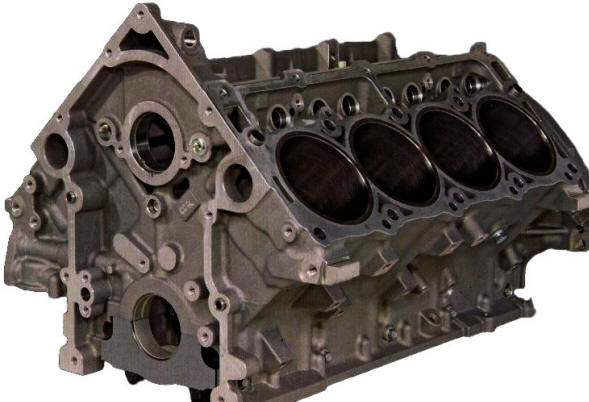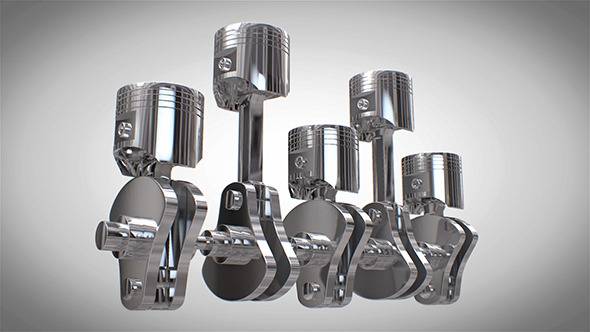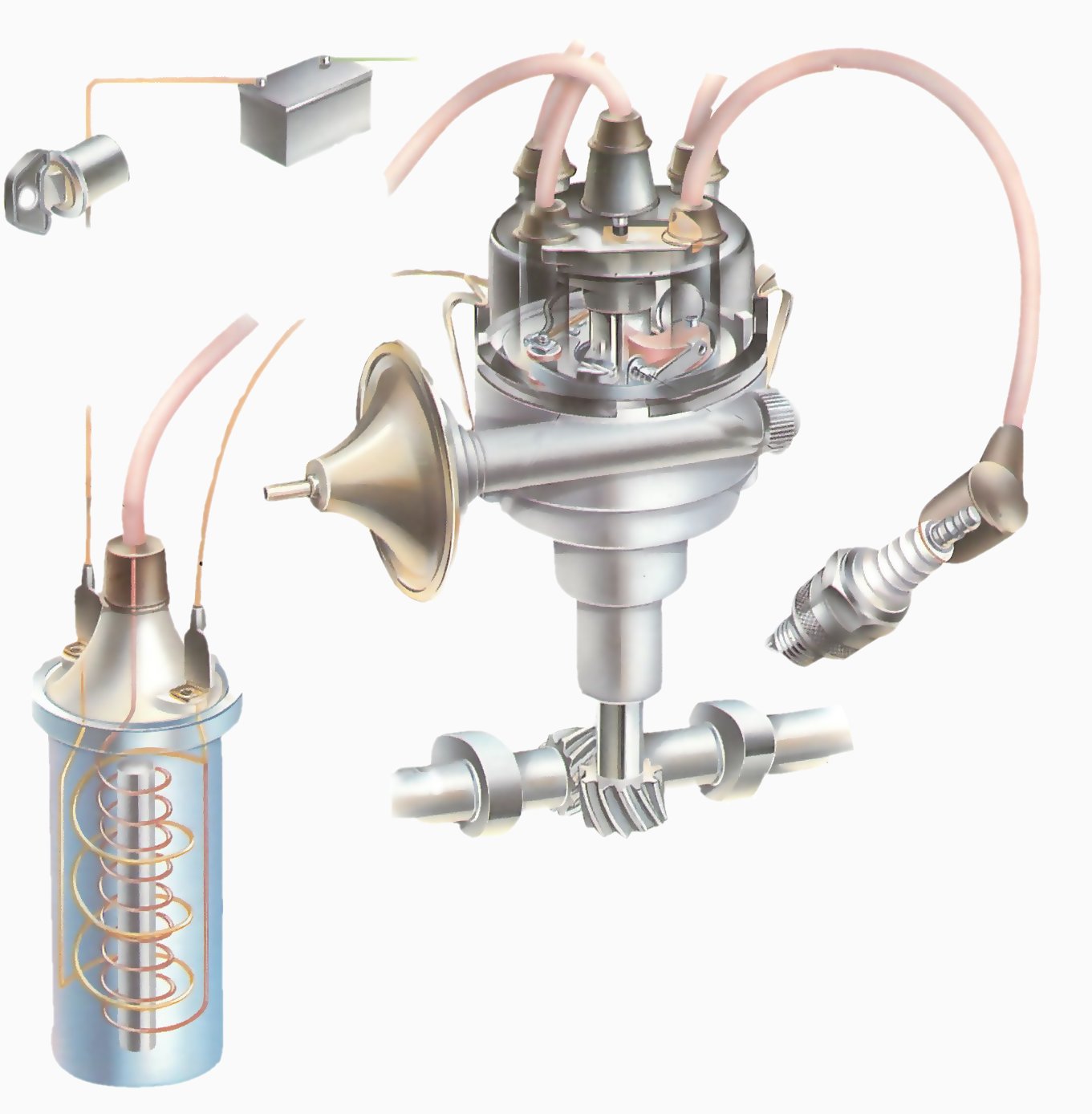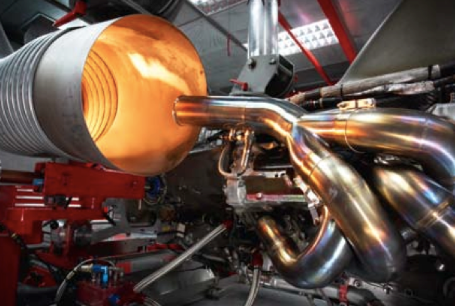Most of the cars today are powered by petrol powered engines. Petrol engine is an internal combustion engine which burns liquid fuel or petrol to generate power to initiate electric spark.
These engines are of different types which depend on criteria such as their application, fuel management method, ignition, rotor arrangement, cooling system, strokes per cycle, and valve type. Most basic type of engine is rotary engine and piston-and-cylinder engine. Rotary engines don’tcome with conventional cylinders fitted with back and forth moving pistons. Here gas pressure acts on the rotor’s surface which causes rotor to perform. Whereas; the piston-and-cylinder engine produces combustion of petrol which creates a force on the piston’s head which moves length of cylinder in a back and forth manner. This applies force on piston making the head of the cylinder in order to perform.
Petrol engines are composed of different essential parts and its overall structure may vary depending on the intended application. Let’s look at the components of these engines.
Cylinder Block
The main member of all automotive engines which extends upward from the center line of the main support for the crankshaft junction by the help of cylinder head. The cylinder block is the main backbone of the framework engine which carries the mounting pad supporting the framework of the engine.

Combustion Chamber
The combustion chamber is defined by its size, location, and the position of the piston within the cylinder. This is an enclosed area in the internal combustion engine where the fuel is burned.
Pistons
They are cup shaped cylinder casting of aluminum or steel alloy. The crown which is the upper closed ends forms the lower surface of the combustion chamber. It collects the force of combustion gases. The outer surface is made to fit the cylinder bore narrowly and is sunken to fit the piston rings which seal the gap between cylinder wall and piston. In the upper piston rings are the plain compression rings which prevent the combustion of gases from blowing across the piston. The lower rings are distributed to limit the amount of lubricant on the cylinder wall.
Connecting Rod and Crankshaft
The connecting rod connects the piston to the crankshaft. This converts the back and forth motion of the piston to rotating motion of the crankshaft. The structure of crankshaft establishes the length of the piston stroke since the offset of the radial throw is equivalent to half the blow transferred to the piston.

Pushrods, Valves and Rocker Arms
These are located on each side of overhead or on the opposite side of the cylinder, making the valve controlling the intake and exhaust. They are known as mushroom valve. One enlarged head of a stem forms a head to permit the flow through a channel adjoining the stem when elevated from its bench. This prevents the flow when the head contacts the valve bench formed in the cylinder block. In the internal combustion engine the pushrod operates by cam which opens and closes the valves.
Camshaft
This is responsible for the opening and closing of valves, driven from the crankshaft by a gear on the front of the engine. The rotation of the camshaft completes valve operation of an entire engine cycle.
Flywheel
This part consists of a heavy circular cast iron disk with a pivot for the attachment of the engine. The rotational speed can oppose all of the changes due to its momentum from heavy rotating mass. This can force the rotation of crankshaft at a constant fast speed. This allows engine to run smoothly.
Ignition System
The process of initiating combustion of fuel in the cylinders of the engine is known as Ignition. The electric ignition requires spark plugs to connect wires to complete the system. And the battery-and-coil ignition system requires several different components like distributor, battery, coil and circuit breaker.

Spark Plugs
This is the vital component of the ignition system that must operate under the severe conditions only. The shortest lived component is exposed to the temperature and pressure of the combustion chamber. This feature is responsible for the fuel in the engine.
Carburetor
This device introduces fuel into the air stream as it flows into the engine. The main purpose of this device is to vaporize fuel with air to produce a combustible blend.
Supercharger
This component increases the pressure of the fuel air concoction, to achieve efficient engine. The blower is used to raise the pressure of the air given to the cylinders.
Cooling System
The cooling systems come to prevent the engine from overheating. The engines are required to cool since it cannot convert all of the energy released by the combustion into meaningful work. In order for the engine to run all day without overheating it depends on the cooling system to perform.
Lubrication System
The engine decreases friction by placing a film of crude oil between the rubbing parts.
Exhaust System
A piping that guides the reaction of exhaust gases away from the controlled combustion in the engine is known as Exhaust System. This bears burnt gases from engines and can include one or more pipes.
